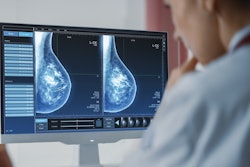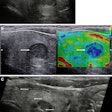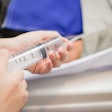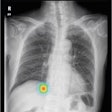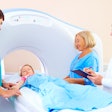More in Home
Radiology's G7 forum goes ahead in Venice
October 16, 2024
Interobserver agreement modest on ILD diagnosed with CT imaging
October 15, 2024
Could elastography replace conventional ultrasound-guided FNAC?
October 15, 2024
How accurate is ChatGPT for differential diagnoses?
October 15, 2024
Out-of-pocket imaging costs may delay needed care
October 15, 2024
New guidelines cover theranostics for brain tumors
October 14, 2024
AI performs well triaging lung x-rays in real-world settings
October 11, 2024
Radiology departments receive over one-third of NIH S10 awards
October 11, 2024
Caution needed when using LDCT with CAD systems for kids
October 11, 2024







